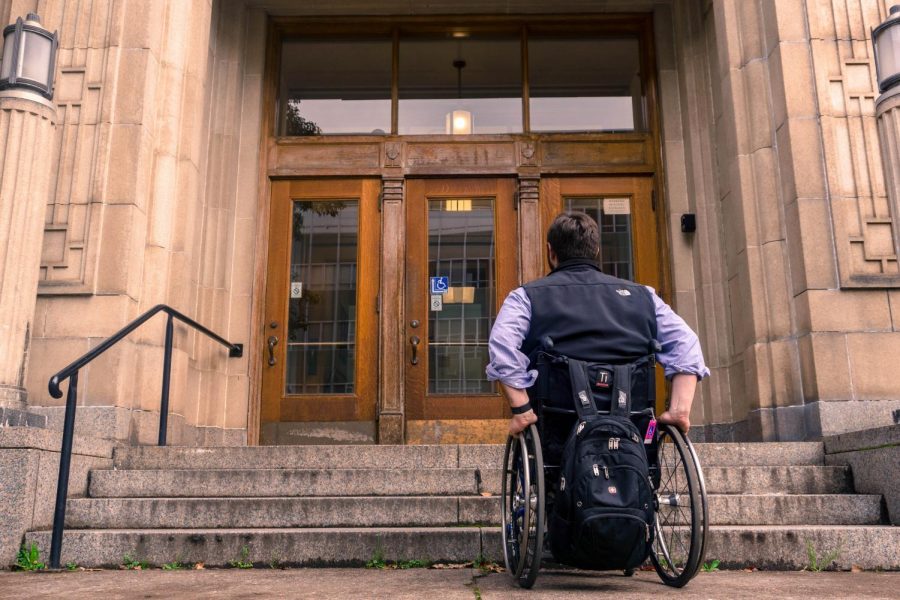Renovations set to increase, improve ADA accessibility on campus
February 18, 2018
DAS dedicates $650,000 to updating sidewalks, parking, street crossings.
The American Disabilities Act of 1990 was designed to prohibit the discrimination of individuals based on their disabilities, including on college campuses. At OSU, Disability Access Services works within the laws of ADA to improve and stabilize the lives of those who have disabilities. Those students who need accommodations within their classrooms, residence halls and simply navigating the campus go through DAS.
Juliana Recio, access services adviser and a wheelchair user herself, is always looking at accessibility for the disabled and thinks OSU does a good job already of making sure the campus is adhering to wheelchair needs. The older buildings around the school only need small renovations and they will be operative for wheelchairs, Recio said.
“I think there’s always room for improvement in everything we do,” Recio said. “I think we’re pretty accessible; the pathways, most buildings.”
Recio needed accommodations while doing her undergraduate degree in Delaware at Wilmington University. The school was not very accessible and quite a challenge, including climbing stairs and pre-planning her route to class, Recio said.
“You know, I’ve learned a lot of things, and if I had known them when I was in college, I would have loved to use those things,” Recio said. “Because I was walking with crutches and braces, I had to really be very intentional about my timing and making sure I knew where I was going because I would get really tired.”
Because Recio has used crutches, braces and both manual and power wheelchairs, she is aware of her surroundings on the OSU campus.
“It’s not just because of my job, but because of my experience, I’m always looking at access,” Recio said. “If I was using a manual chair, would it be too steep? You know, looking at the curb cuts, I’m always looking at all those things and how to make it better.”
In Dixon Recreation Center, access and inclusivity is a central value. Access to recreation sports, programming and facilities contribute to a students wellbeing, according to Bill Callender, Associate Director of Recreational Sports at Dixon.
“Accommodations or access is unique to each individual and we try to be both strategic and responsive in constructing programs, services and facilities,” Callender said via email. “Students are able to connect and communicate with the particular area and determine how to best address any particular need.”
Access to Dixon, for both disabled and not, is paramount in creating a welcome, open and inclusive environment for everybody, Callender said. The Department of Recreational Sports, in addition to Dixon, oversees McAlexander Fieldhouse, Student Legacy Park, the Challenge Court and Peavy fields.
“The services that Recreational Sports provides are guided by our overall department vision, and how we contribute to overall mission and strategic plan,” Callender said in an email.
According to Callender, the Department of Recreational Sports has worked both directly and indirectly with DAS.
“As colleagues in Student Affairs we consult on issues and topics as they arise and ask for feedback,” Callender said.
An accommodation commonly used on campus is called accessible classroom relocation. The system allows for users of wheelchairs, canes and stamina issues to issue the classes they are taking for the term to DAS, who in return will scout out the buildings in which their classes are being held to make sure an accommodation is set up.
“If needed, if we can modify things and have the classroom relocated before other students know about it,” Recio said. “We make sure that the class is another building, so all the students know is that we’re gonna have the class in another building.”
Another commonly-used organization at OSU is the University Housing and Dining Services.
“(UHDS) works in close collaboration with DAS to provide reasonable accommodations for students based on a variety of documented disabilities,” Kathryn Magura, UHDS assistant director of operations, said in an email.
Magura said students provide documentation to DAS regarding their personal disabilities. From there, UHDS works with the individual students in order to determine the most applicable accommodations needed or required.
“Our goal through the process is to meet students’ needs to help support them as best as possible and allow them to have a successful transition to OSU and life on campus,” Magura said via email.
For some students, barriers exist that hold them from reaching success at OSU, according to Magura.
“By eliminating as many potential barriers with an accommodation, UHDS and OSU take steps to make our programs and services accessible to all students,” Magura said in an email.
Each student that requests services provided by UHDS has a unique need they must have addressed Magura said.
“It’s important to remember that students may have similar requests that ultimately require different accommodations,” Magura said. “For example, not every student with a condition like Asperger’s Syndrome will have the same need in order to live in the residence halls, so we do our best to listen and be responsive to the needs related to a student’s disability.”
According to Gabriel Merrell, director of Access and Affirmative Action and deputy ADA coordinator, OSU is constantly trying to improve the older buildings to make them accessible, as well as all other programs and activities.
“While not every building may be fully accessible yet, we ensure that students with registered disabilities have classes in accessible locations,” Merrell said in an email. “This is a major reason why an office like Disability Access Services exists.”
The responsibilities of the Office of Equal Opportunity and Access include overseeing civil rights laws, inclusivity of the Americans and Disabilities Act and other regulations as they pertain to the university.
“We respond to related issues, but also proactively work to create an equitable experience for all who engage OSU,” Merrell said in an email. “One of my responsibilities is to focus on broad scale disability inclusion and ADA compliance matters.”
The DAS office is always working hard to improve the quality of college life for students who need special accommodations, Merrell said. Community members concerned about inequality on campus should contact Equal Opportunity and Access.
“Since 2010, OSU has added 206 accessible parking spaces, 61 accessible ramps, 273 accessible restrooms, 34 elevators and 298 automatic door openers,” Merrell said via email. “While issues exist with older buildings not originally designed to be accessible, we have a strong commitment to constantly improve access.”
DAS has dedicated to using over $650,000 to improve sidewalks, parking and street crossings this coming summer. Major remodels of buildings like Cordley, Fairbanks, Gilkey, Graf and Merryfield will take place due to the buildings’ older age and lack of accessibility.
“We are here to provide services and make sure that the playing field is leveled, you know by having accommodations and using our services,” Recio said.
Being proactive and looking at the classes being taken, what classrooms they are in and what buildings and physical barriers are in the way are important steps to take when navigating a college campus like OSU’s, according to Recio.
“I encourage students to come to us and then we can always talk to them and work with them,” Recio said.
According to Recio, the majority of students registering with DAS right now have no physical disabilities, but still experience barriers and impact. Access needs to be thought beyond the physical manner, but mentally as well, such as with programs and services.
DAS is on campus for the purpose of making a more enjoyable and normal experience for all students whether in a wheelchair or not, according to Merrell. For students without a disability, it’s about educating and informing them.
“We work diligently to address concerns, to educate the community, and to ensure equitable and inclusive environments for all community members,” Merrell said in an email. “Our office works throughout the university, so we can be a resource for all as we work to create environments that are accessible.”







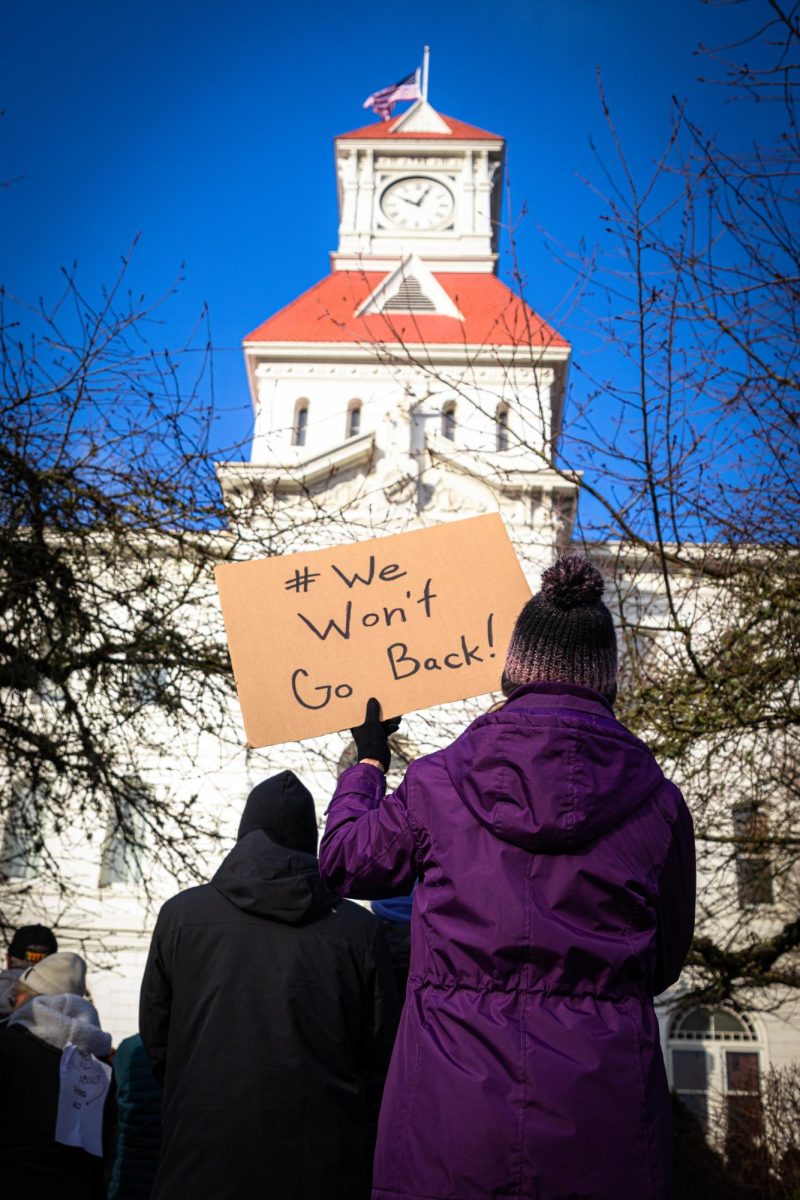

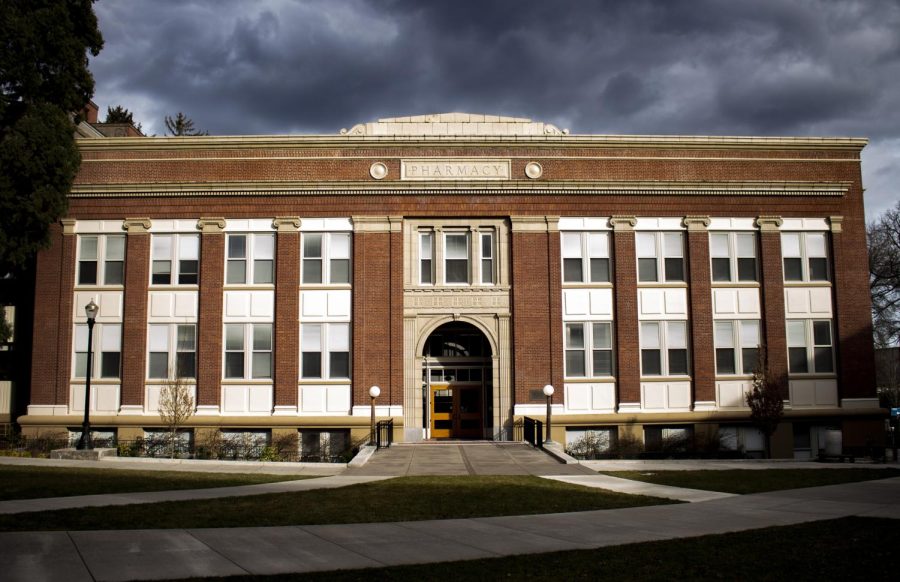

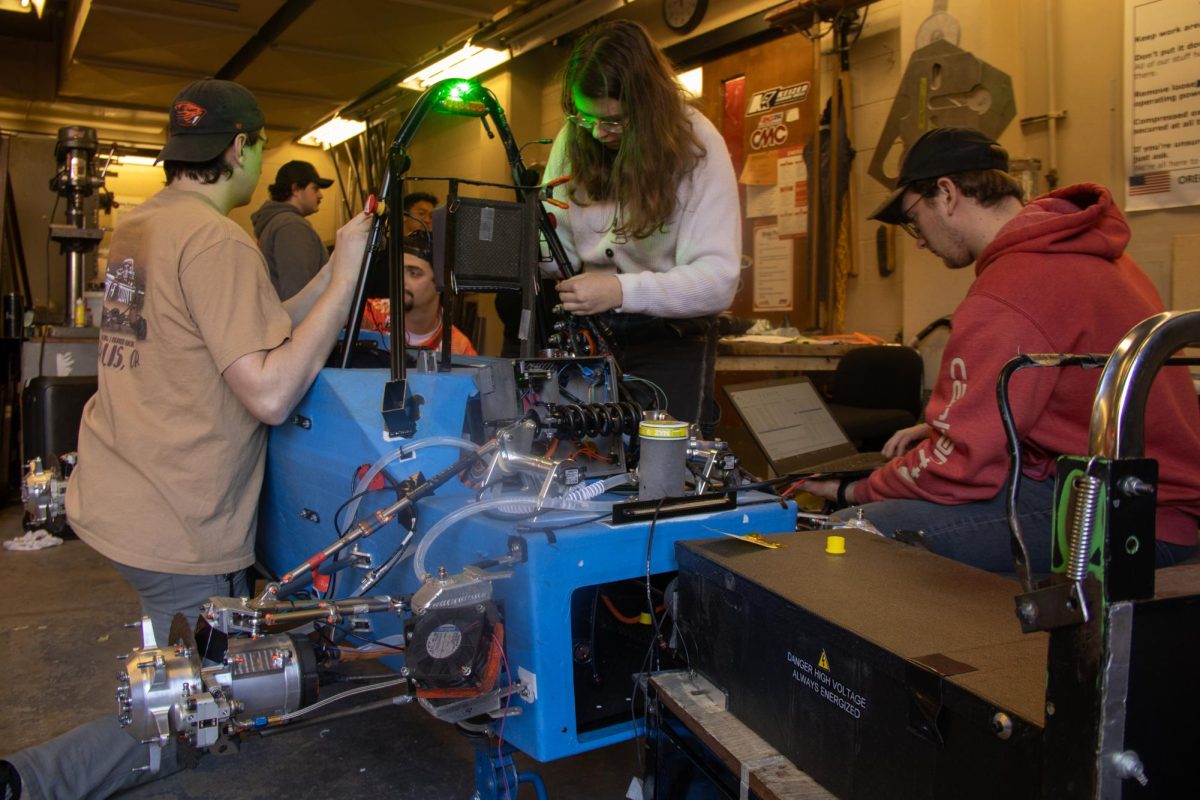



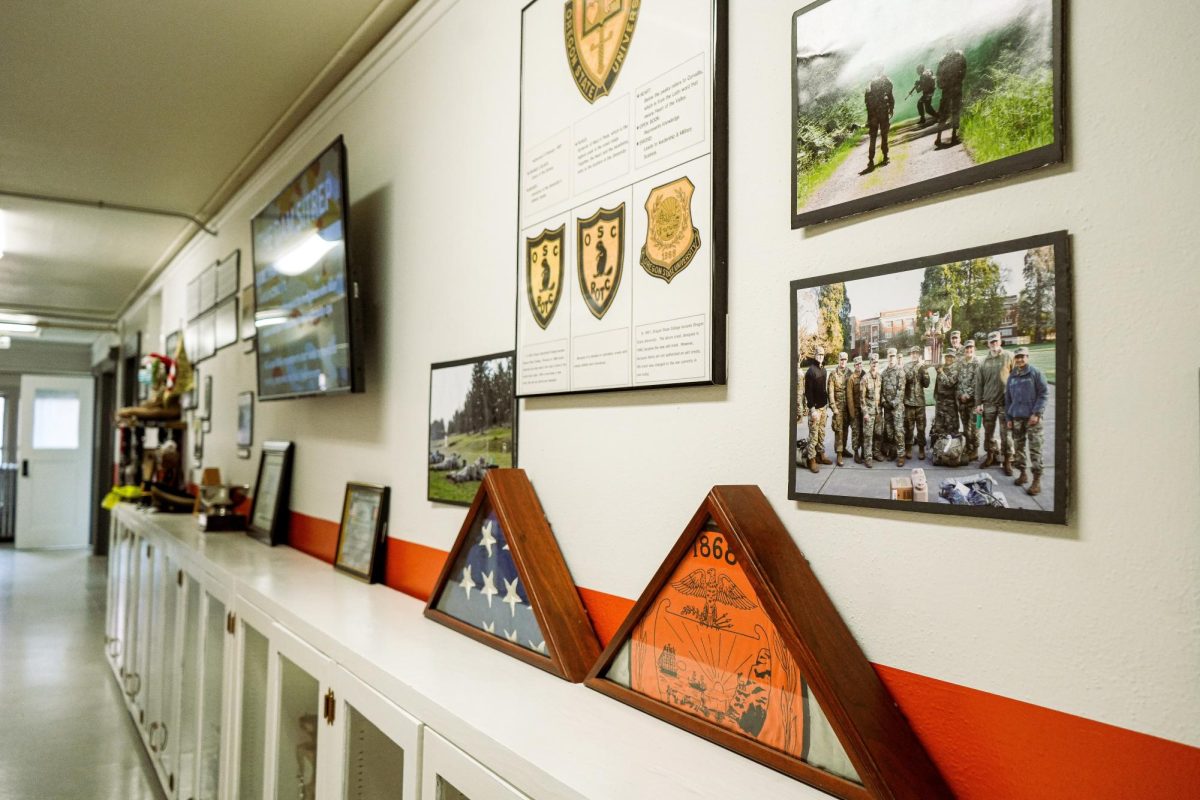
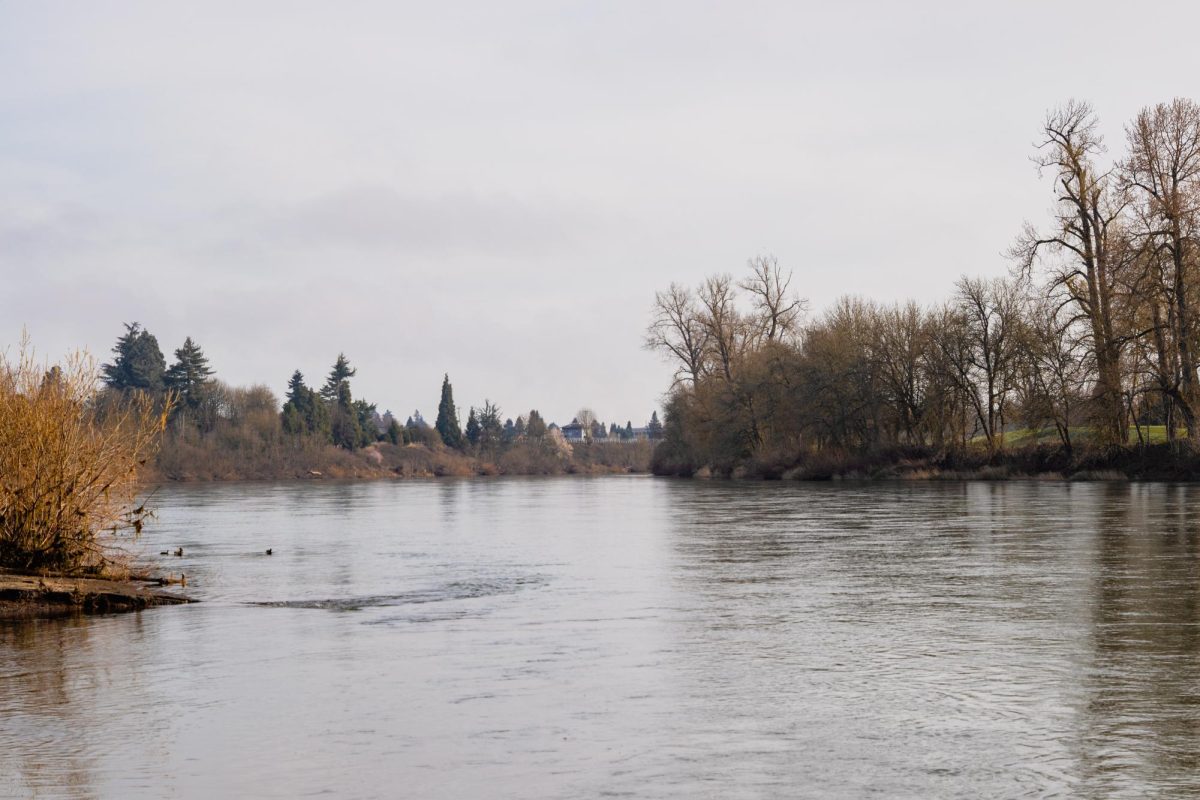


































































![Newspaper clipping from February 25, 1970 in the Daily Barometer showing an article written by Bob Allen, past Barometer Editor. This article was written to spotlight both the student body’s lack of participation with student government at the time in conjunction with their class representatives response. [It’s important to note ASOSU was not structured identically to today’s standards, likely having a president on behalf of each class work together as one entity as opposed to one president representing all classes.]](https://dailybaro.orangemedianetwork.com/wp-content/uploads/2025/03/Screenshot-2025-03-12-1.00.42-PM-e1741811160853.png)























